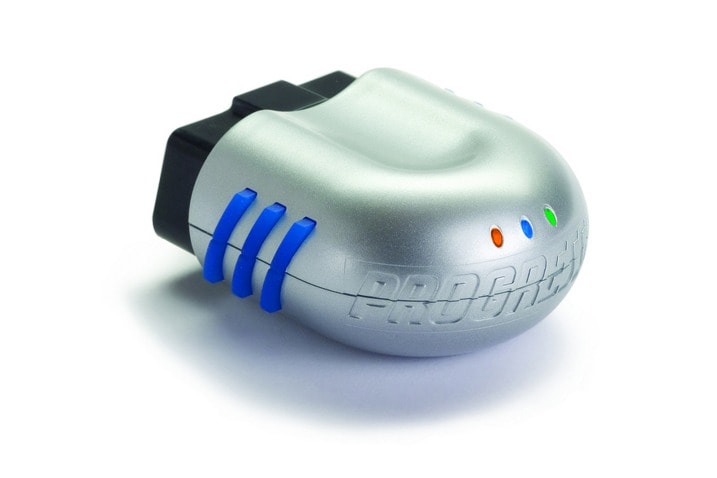If you're finally ready to think about pay-as-you-drive car insurance, it's ready for you.
Over the past couple years, a majority of the country's largest auto insurance carriers and many smaller ones have begun offering pay-as-you-drive and other forms of use-based insurance or have pilot projects in the works. During the same time, every state insurance regulator in the country has approved at least a handful of the policies, and some many more.
Auto insurers set rates for use-based insurance (UBI) by monitoring your mileage, driving speed or related activities through electronic devices or smartphones and apps connected to your car's diagnostics port. That's different from traditional policies, whose rates are based on actuarial studies of historical data on demographics and risk factors such as driving records.
